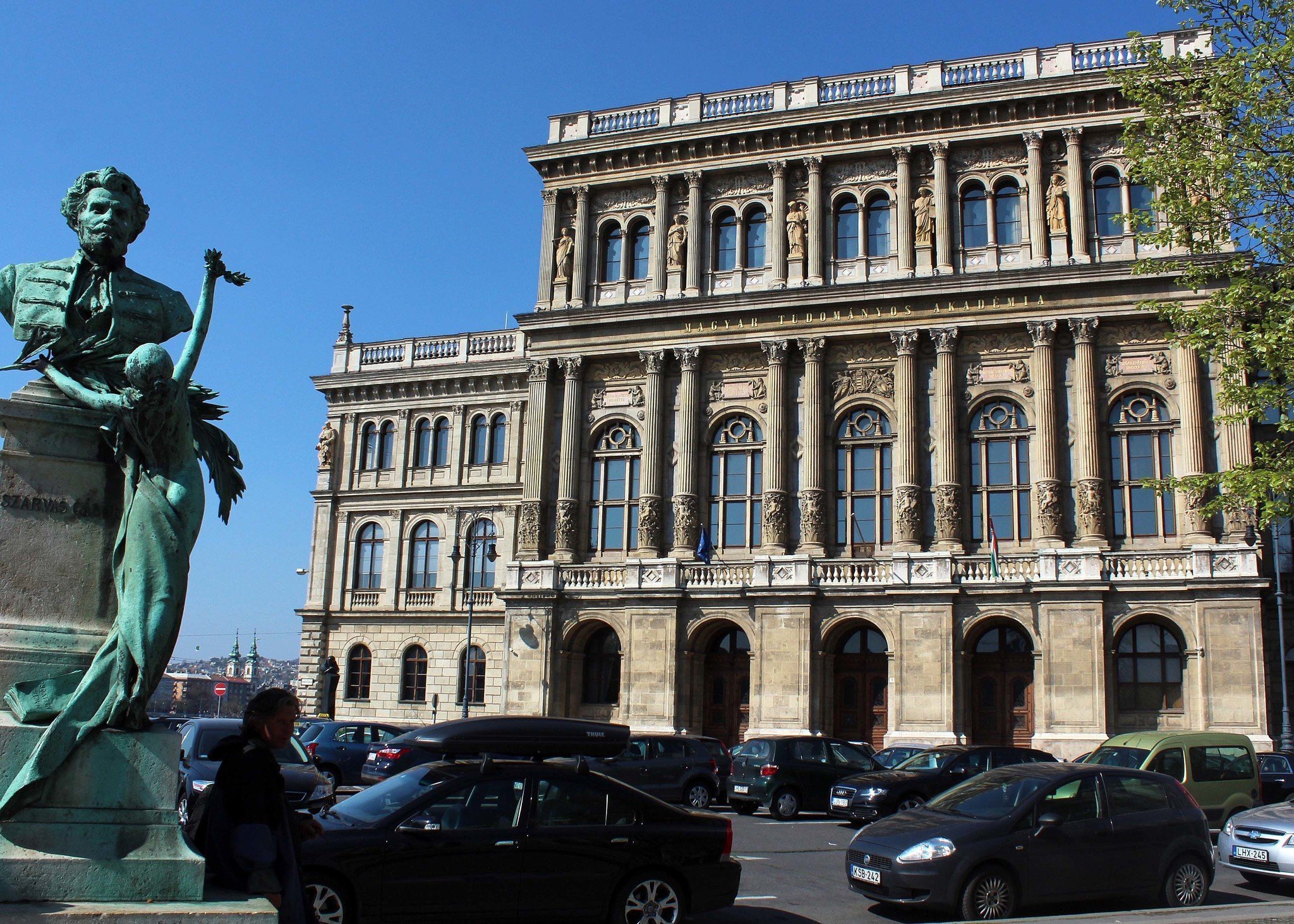Young researchers rewarded by MTA

Index.hu reports, referring to MTI, that further 11 research teams would be established, thanks to the Lendület programme of MTA (Hungarian Scientific Academy). The winning applications include research dealing with the Peace Treaty of Trianon, the controlling principles of human balancing, and research dealing with the features of the gas that fills space between the galaxies.
The programme supports young scientists and the results were announced on Monday. László Lovász, director of MTA said that, for 5 years, they are going to give 400 million HUF to research teams, thus supporting them. Since 2009, 121 “Lendület-research teams” started research work, and this year MTA gives more than 3.6 billion HUF for the research done in the programme.
The programme was founded in order to encourage young Hungarian researchers, working abroad, to come back to Hungary, and also to make the talented ones, who work at Hungarian research centres, stay here. This time, 2 Hungarian scientists can come back from abroad thanks to Lendület. The 95 projects that participated in the competition were evaluated and judged in two phases.
Furthermore, the director also mentioned that they plan to shape the judging system to match the internationally accepted norms, especially to the system of ERC (European Research Council). Thus, many more scientist, working abroad, could become available to judge the projects sent in for the tender.
This year, for the first time, a tender for research related to Applied Linguistics was advertised. Earlier mainly basic research was supported by Lendület I, established for promising young researchers, and by Lendület II, which rewarded scientists of 35-45 years age, who had international achievement. Only 2 project plans were submitted on the competition, but these did not win support due to too high financial demands. Therefore the director said that big companies’ supporting could help research dealing with Applied Sciences.
The winners are as follows:
Balázs Ablonczy, historian, who aims to publish works and organise conferences about introducing new results and ones which make the Peace Treaty of Trianon more understandable for the public and fit the current ways of international historiography, by its 100th anniversary in 1920.
Tamás János Beke-Somfai, chemist plans to do research by using computer and experimental methods on compounds which can help the better understanding of Alzheimer disease, and to create effective medicine which may be taken instead of antibiotics.
Péter Bíró, economist, whose aim is the analysis of the planning of matching markets encompassing several complex sciences. He will do the research with his research team at MTA’s Centre for Economic and Regional Studies.
Ádám Dénes, through his research with methods never applied before, analyses how nerve activity is controlled by the human brain’s microglia, and its effects in the case of brain damages. The team’s results may play a significant role in the treatment of patients with stroke, epilepsy and neurodegenerative illnesses.
Tamás Antal Insperger researches the controlling principles of human’s balancing, by which project he is going to work on expanding the limits of balancing capabilities, through creating methods that can be transferred to engineering applications as well.
Alexandra Markó, phonetician of Eötvös Loránd University aims to examine the co-articulation effects in the relations of certain articulated speech sounds, for the first time in Hungary. The analysis shows the time overlapping of the speech organs’ movements in the case of articulating consecutive speech sounds.
Norbert Werner, astronomer used to do research at Stanford University but is now going to work at Eötvös Loránd University, to analyse the characteristics of the gas, filling the space between galaxies, by using high resolution X-ray spectrums and other observation data.
Tamás Papp, biologist of Szeged University can create a research team dealing with human pathogen filamentous mushrooms’ pathogenic processes. The project targets the better understanding and the developing of therapies for rare diseases.
Gábor Sramkó does research on the evolutional origins of steppe living beings, which biogeographic unit is significantly important for Hungarians. The team of 3 people will explore the genetic structure of 10 steppe creatures, 7 plants and 3 animal species, by applying the most modern research methods.
Gergely János Szöllősi won support for his project on the relationship of evolution and cancer. For this analysis he plans the development of models interpreting complete genome sequences which result in the united treatment of evolutional processes of different time scales.
Bálint Virág, mathematician, coming from the Toronto University and following the footsteps of Jenő Wigner, will analyse the irregular shapes’ accidental resonances at MTA’s Rényi Alfréd Institute of Mathematics.
Copy editor: bm
Source: index.hu

